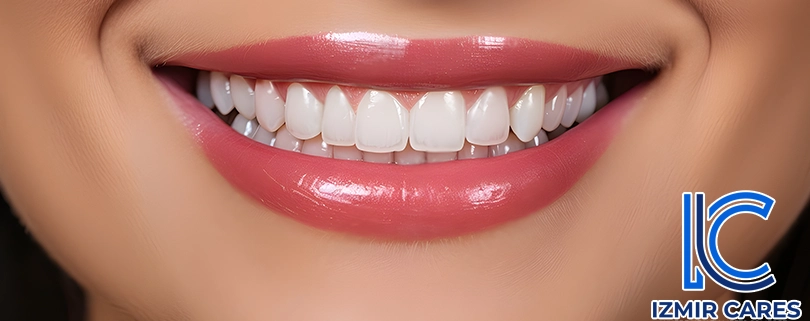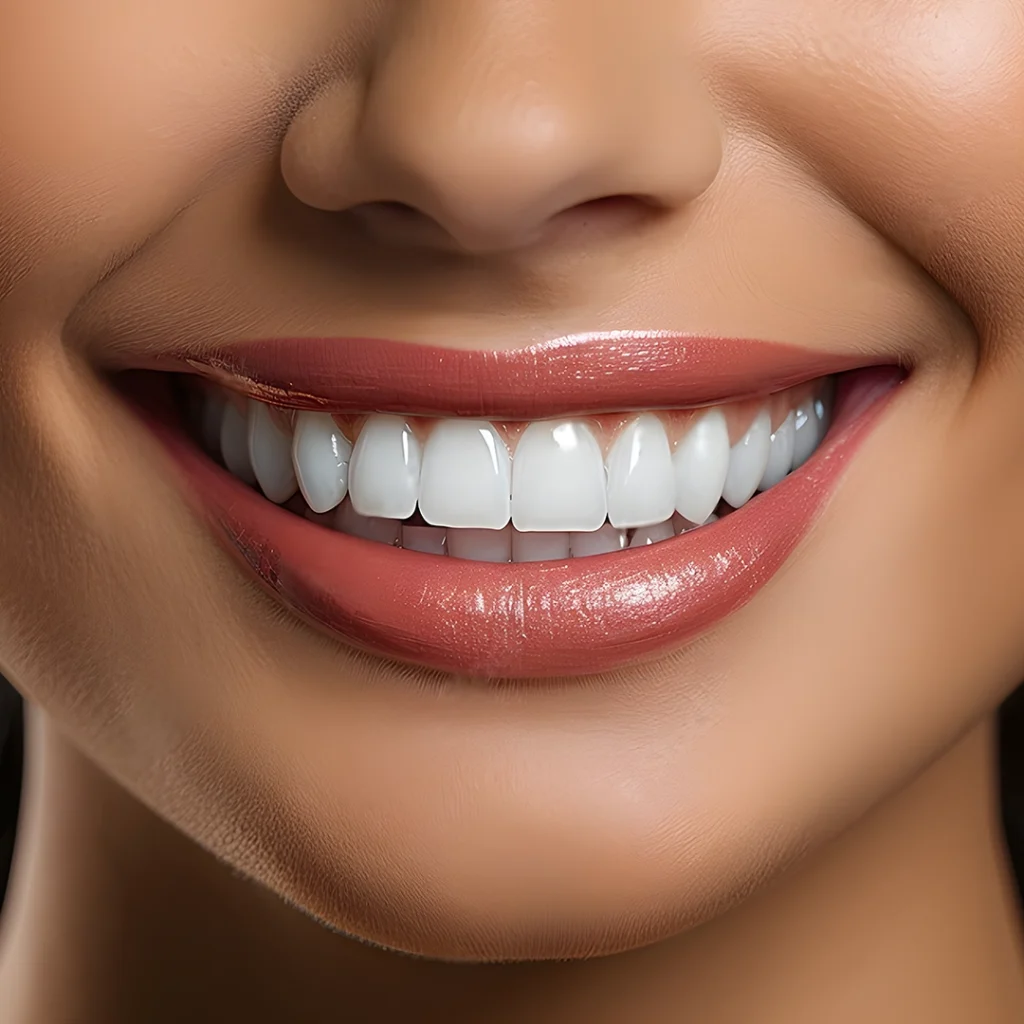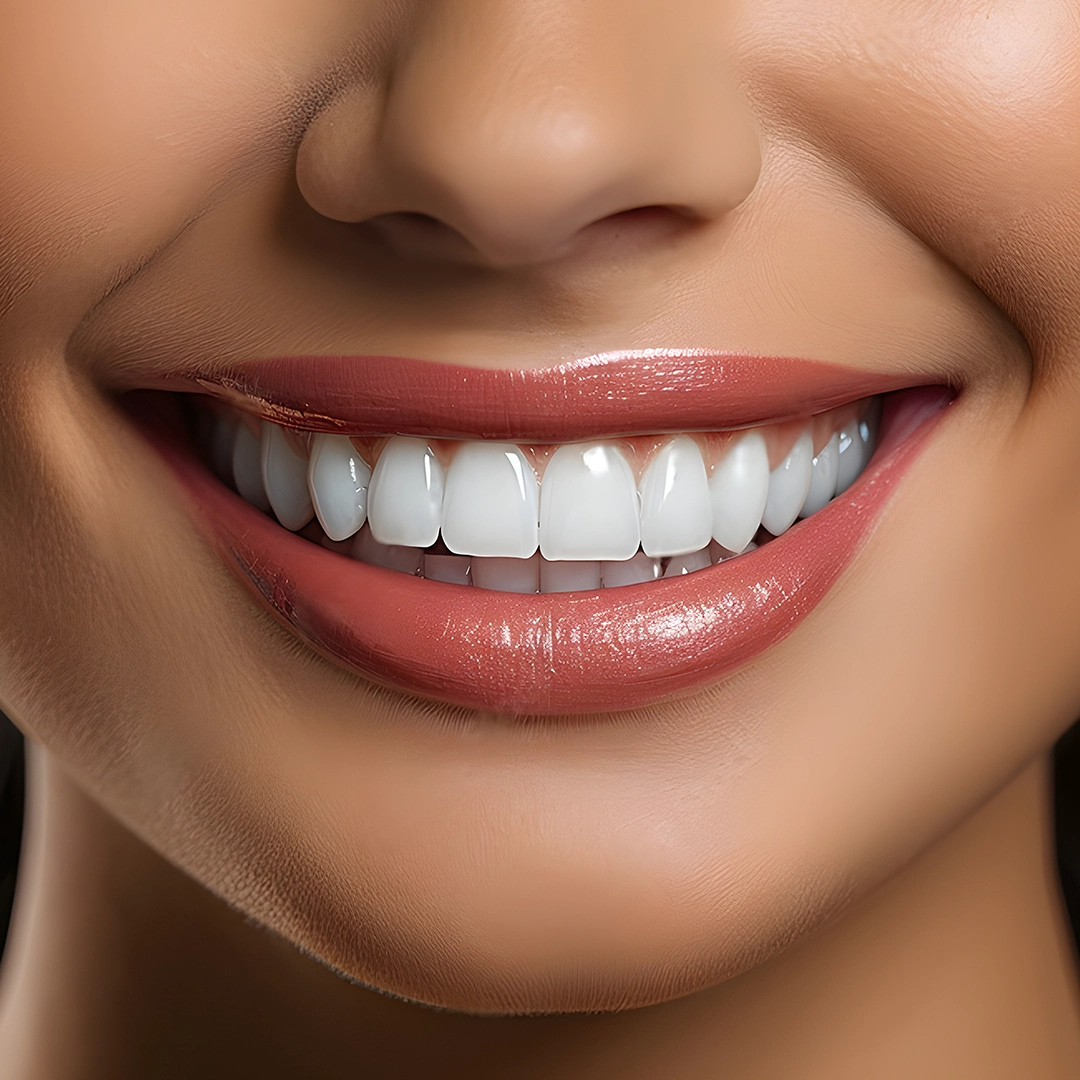
Differences Between Crowns and Veneers: Options in Cosmetic Dentistry
Cosmetic dental treatments are a fantastic way to rejuvenate your smile and boost your confidence. Among these treatments, options like crowns and veneers are popular choices for enhancing the appearance of your teeth and achieving aesthetically pleasing results. However, understanding the differences between crowns and veneers can help you choose the most suitable option for you. In this article, you’ll explore the variances between crowns and veneers and learn which option might be more appropriate in different scenarios.
What Are Crowns?
Crowns are porcelain or ceramic coverings that encase the entire tooth or a significant portion of it, altering the shape, size, and color of the tooth. They are commonly used in situations where the tooth is damaged or weakened. Crowns may be preferred for teeth with large cavities, fractures, or for strengthening teeth following root canal treatment.
What Are Veneers?
Veneers are thin, custom-shaped porcelain or composite resin coverings that are bonded to the front surface of the tooth. They are utilized to correct the color, shape, and size of teeth, close gaps, or correct minor misalignments. They are typically chosen to address cosmetic imperfections on the front surface of teeth.
Differences Between Crowns and Veneers
- Coverage: While crowns cover the entire tooth or a significant portion of it, veneers only cover the front surface of the tooth.
- Thickness: Crowns are thicker and more durable as they cover a larger portion of the tooth. Veneers, on the other hand, are thinner and more delicate.
- Application Time: Crowns may take longer to apply as they require tooth preparation, impressions, and fabrication in a laboratory. Veneers can usually be applied in a shorter timeframe.
- Resilience: Crowns can withstand more force on the tooth surface, whereas veneers may be less resilient and more prone to damage.
- Color Change: Since crowns cover the entire tooth, they allow for more significant changes in tooth color. Veneers, covering only the front surface, offer more limited options for color change.
Which Option Is More Suitable in Which Cases?
- Crowns: Crowns may be preferred for teeth with significant cavities, fractures, or weakened areas.
- Veneers: Veneers could be a suitable option for correcting cosmetic flaws, discolorations, or gaps in teeth.
In conclusion, understanding the differences between crowns and veneers can help you make a more informed decision about reshaping your teeth and achieving an aesthetic smile. However, it’s essential to consult with a dentist to obtain the best results and determine the most appropriate treatment for you.





